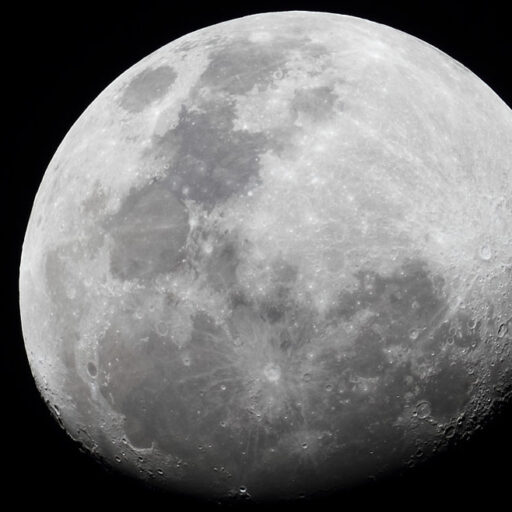I have just bought a star tracker so that i could do long exposure's of 2 or 3 minutes..now i have just found out that My Sony A7rii may delete lots of my hard earned long exposure stars!...I am not very happy.....

If i can get the same results of using multiple 30 secs exposure then there would have been little point in buying a star tracker which will annoy me even more!...
I don't understand this. A tracker is every bit as useful if you're gong to capture 6 30-second shots as it is if you're going to capture one 30-minute one.
So off Topic but Can i really get the same results using 30 sec exposure's? vs 3 minute exposure's..
Pretty much, if you stack them right. There is special software made for doing that, or you can do it in Ps with the right workflow.
If 30 secs multiple images merged then 3 minutes merged would be better?
There are arguments for doing it each way. There are vociferous proponents of each. As the exposures get longer, IMHO, the arguments for breaking them up get stronger.
http://www.rogergroom.com/astronomy-deep-sky-stacking-software/
Jim
--
http://blog.kasson.com
I have done every possible combo of exposures. As Jim says there are advantages and disadvantages to the different methods. Stacking 8 images will make a noise free image.
A 5 minute image is also quite noise free but you won't be able to do 5 minutes unless you are at a dark site as light pollution will be the dominant factor otherwise.
So at a dark site I think the usual logic is to expose for longer as there is no light pollution to overexpose the image.
But the sky moves, so that means a separate landscape image untracked. One for the stars and one for the landscape. The landscape could be a long single image or do the same and stack. It depends if there is some moon or not. The landscape is hard to bring out when no moon.
Also stacking can be problematic. Photoshop is kind of crude but often works. I use PixInsight and it does a great job every time but its not user friendly.
Workflow would be something like this:
1. Setup your tracker. Polar align it so you can get several minute exposures with round stars.
2. Take a static set of the landscape long enough or enough subexposures to bring it up. Some take the landscape shots at dusk but that's kind of cheating.
3. Take your starry shots. Last I did this I took 30 second ISO1600 x 8 for each panel at 21mm F2.8. That ended up with a noise free stacked image that was quite deep at a dark site.
4. I then preprocess in LR and sync the settings so all the set get the same preprocessing.
Save them.
5. I then open them into PixInsight and use the star alignment tool and save the aligned images into a folder I create for that. I then use the integration tool in PixInsight to stack the aligned images. I was doing a panorama so I number each panel that now consists of 8 x 30 second subexposures aligned and stacked. PixInsight has a very advanced stacking algorithim and you won't find better anywhere else.
6. I then import the stacked panels into PTGui and construct the panorama then export and final colour tweaking in Photoshop.
Lonely Speck has several tutorials on using Photoshop and a Mac only program called Starry Night (at this time no windows version).
Greg.



